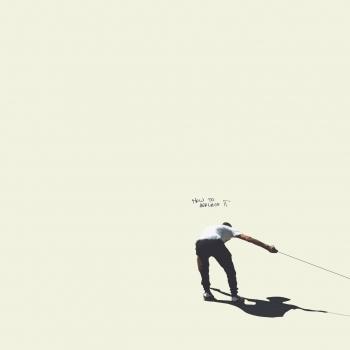dEUS
Biography dEUS
dEUS
The Belgian indie scene, experts agree, is considered the most creative as well as progressive in all of Europe - and dEUS are its commercial and artistic spearhead. In this scene there are numerous musicians who combine the most diverse genres in several formations in parallel and are often active in other art forms as well. This was also the case when dEUS was founded in 1991: the core of this extremely open-minded band was formed by the documentary filmmaker Tom Barman, the painter and sculptor Rudy Trouvé, and the fashion designer Stef Kamil Carlens. The three, supplemented by two other musicians, including violinist Klaas Janzoons, who is still a member of the band today, were socialized so differently artistically that a joint result almost automatically had to break all known boundaries.
Thus, the debut album "Worst Case Scenario", released in 1994, already showed a breathtaking stylistic heterogeneity between jazz, folk, noise, alternative and experimental rock, which could not hide its clear reference to artists like Frank Zappa, Captain Beefheart or Tom Waits. The band then went almost wilder on their second album, "In a Bar, Under the Sea" (1996), a masterpiece of versatility that ultimately could only be blamed for one thing: it was hard to imagine that all this different music should come from a single band. Despite this challenging experimentation and thanks to overwhelming reviews from the experts, however, dEUS achieved an international breakthrough with these two albums.
This was followed by the first of several caesuras in the band's now 31-year history. Trouvé and Carlens left the band and founded their own highly acclaimed bands Kiss My Jazz and Zita Swoon. In their place as creative counterparts to bandleader Tom Barman came the Scotsman Craig Ward, and with him came a new approach: How would it be to present all these genres not just side by side, but closely interwoven with each other to generate a work of art that, for all its versatility, sounded rounded, coherent and homogeneous? The first result of this second dEUS era was called "The Ideal Crash" (1999) and is considered one of the best albums in the history of indie rock. Every single song turned out to be a compositional jewel, carefully but purposefully equipped with the necessary details. No wonder that dEUS took a break of several years after this over-work. After that, all members pursued other music or art projects.
It wasn't until 2004 that dEUS reunited, once again in a heavily modified version; of the founding members, only Barman and Janzoons have been around since then, while Barman recruited the other musicians from the multitude of outstanding bands from Antwerp and Ghent, including Soulwax drummer Stéphane Misseghers and musical jack-of-all-trades Mauro Pawlowski, who had explored the boundaries of what was absolutely feasible and audible in indie rock with more than half a dozen formations. Since then, four more dEUS albums have been released, all of which have been acclaimed by press and fans alike, giving dEUS a special place in European indie rock history as a rarely consistent and consistent band that simply cannot make an average album. Expectations are correspondingly high for their upcoming eighth record - the first since their last long-player to date, 2012's "Following Sea".











